What the visitor learns is what led to the Wall’s construction, its fall, and after the reunification of Germany.

Berlin wall at the Memorial – credits Vivamost
Today is an important day in the history of Germany as in the night of the 9th/10th 1989, the Berlin Wall fell down ending the Cold War.
The Berlin wall or Berliner Mauer separated West & East Germany for 28 years. Along 155 km a 3,60 meter high wall made it impossible for almost 3 decades for families and friends to see each other.
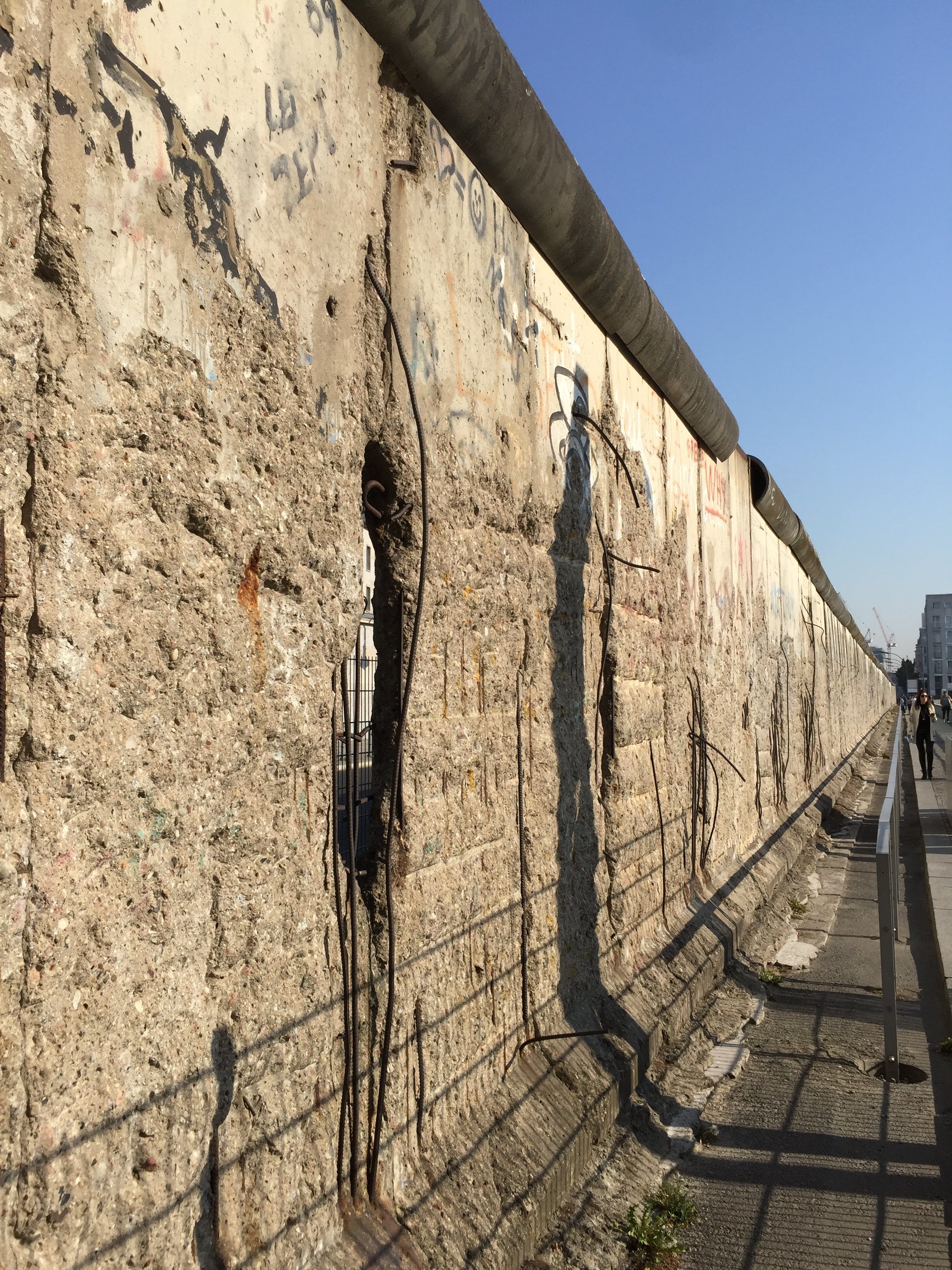
Berliner Mauer at the Berlin Memorial – copyrights Vivamost
But why was a wall built? After the second world war the party in power at the time, was a communist party, the SED, under the command of Erich Honeker. The party was making decisions in the East, which the population didn´t accept and this led to an exode of the population to the West. In 1961 the East had lost 1/6 of its population. To stop the fleeing of population a wall was built. It started on August 13th 1961. However long before the government had already installed barbed wires.
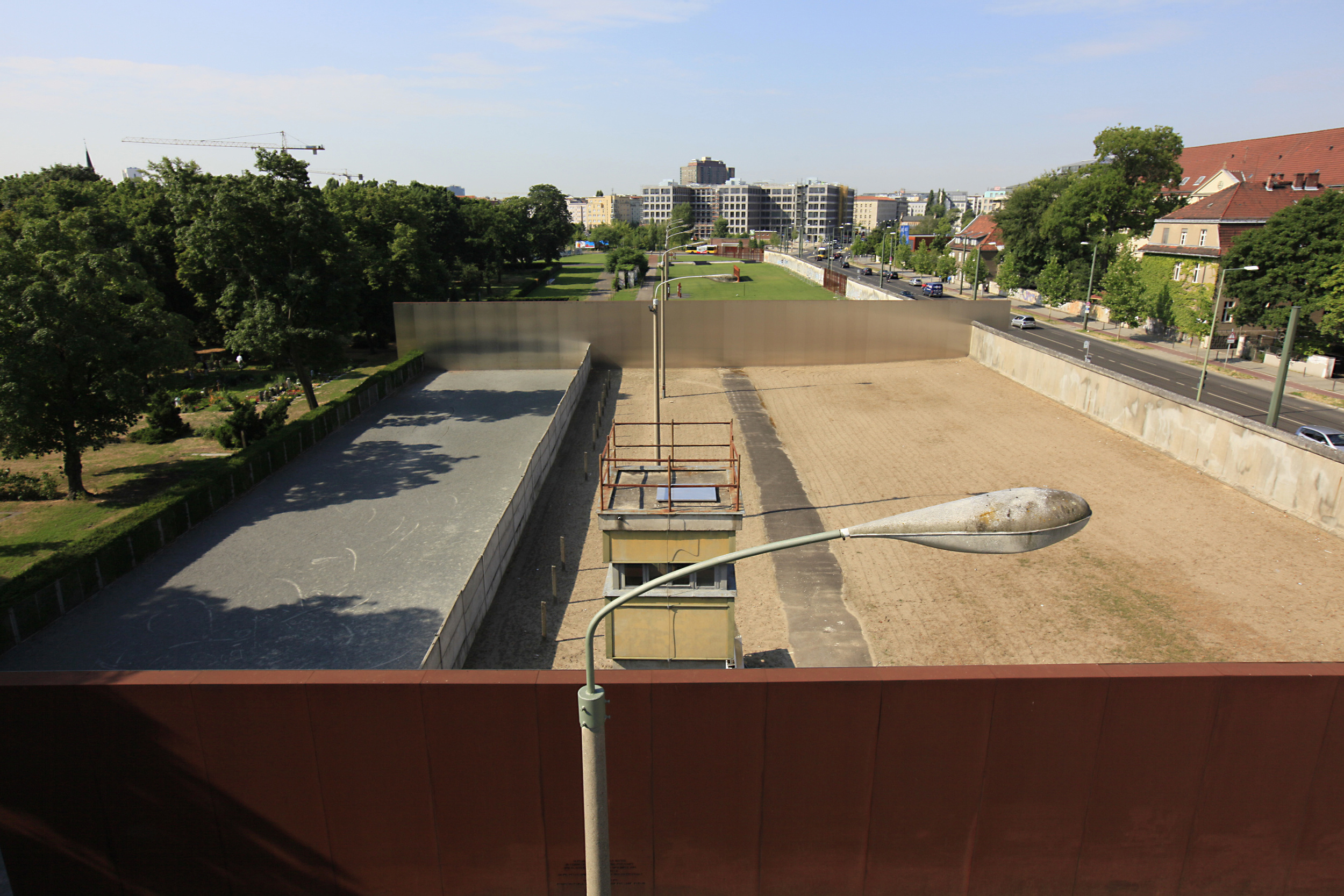
Original border fortification – Copyright Berlin Wall Foundation, photo by J. Hohmuth
The wall was not enough to stop the escapees. In the 1960´s border fortifications were constructed with a border strip also called the “death stripe.” In the 70´s an inner wall was added.
In the 1980´s further measures came into orders:
Every thing was made so that people trying to escape on foot or with a car would not succeed. A border law to shoot anyone trying to cross the border came into orders in 1982. However since 1952 orders were already given to kill. During the 28 years of the wall 90 people died leaving Berlin. 140 in total died by accident or being shot. The stop to shoot happened in April 1989 a couple months before the wall fell down.
During those years many leaders tried to protest against the Berlin Wall like Willy Brandt and JFK in the 60´s. The famous sentence of Kennedy “Ich bin ein Berliner” while visiting Berlin in1963 remained a famous quote for freedom and democracy.
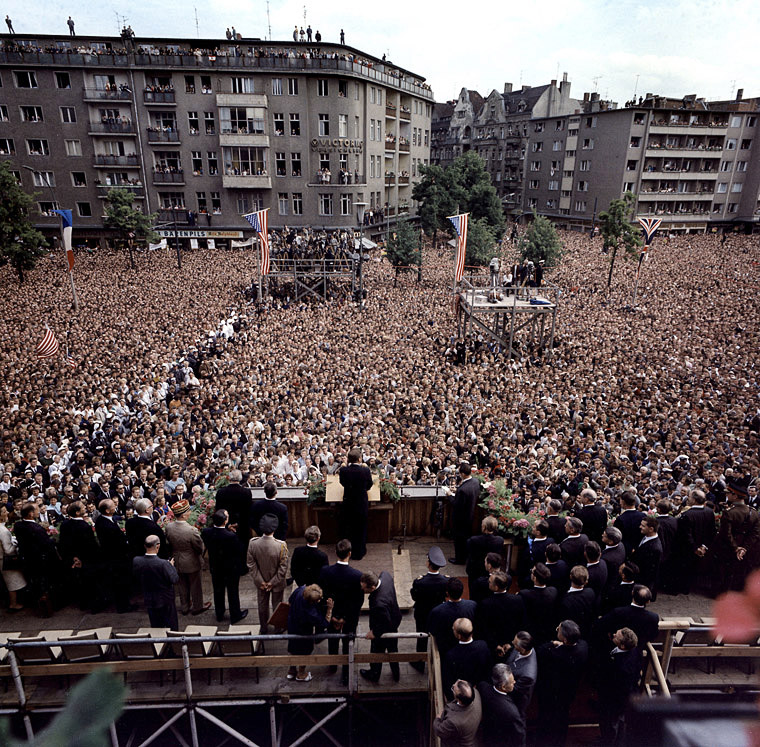
KN-C29248 26 June 1963 President Kennedy’s address to the people of Berlin. Rudolph Wilde Platz, West Berlin, Federal Republic of Germany. Photograph by Robert Knudsen, White House, in the John F. Kennedy Presidential Library and Museum, Boston.
In the 1980 political changes happened in the Eastern bloc states such Poland, Hungary and the Soviet Union with Mikhail Gorbachev. On May 2nd 1989 Hungary dismantled its borders. As a result in the Summer/Fall of that year the exode of East Germans started. Finally what brought everything to an end was the statement of the secretary of the SED party, Günter Schabowski during a press conference on Nov 9th at 18:57.
An excerpt of the press conference:
“Applications for travel abroad by private individuals can now be made without the previously existing requirements (of demonstrating a need to travel or proving familial relationships). The travel authorizations will be issued within a short time. Grounds for denial will only be applied in particular exceptional cases. The responsible departments of passport and registration control in the People’s Police district offices in the GDR are instructed to issue visas for permanent exit without delays and without presentation of the existing requirements for permanent exit.”
…
Question: When does it come into effect?
Schabowski: (Looks through his papers…) That comes into effect, according to my information, immediately, without delay (looking through his papers further).
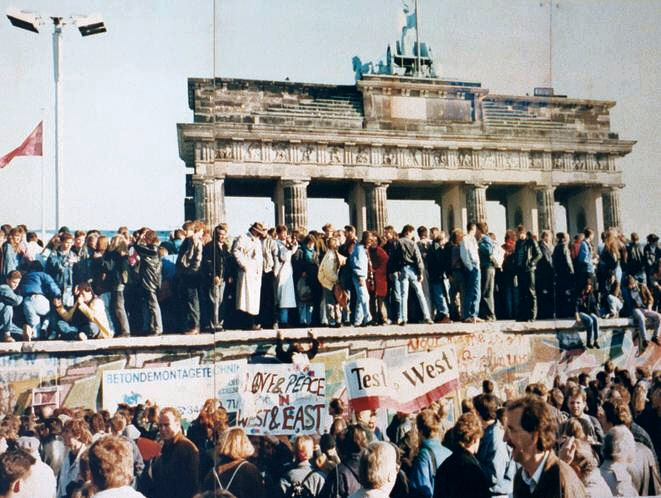
West_and_East_Germans_at_the_Brandenburg_Gate_in_1989-original-photo-by-unknown-author.-Reproduction-from-public-documentation memorial-by-Lear-21-at-English-Wikipedia.photo public-area-therefore-covered-by-§59-UrhG
Very quickly after that East Germans tried to cross at the checkpoint of the Bernauerstrasse. In the night larger crowds started fleeing. On November 10th a piece of the wall was teared down. The official demolition of the wall happened in June 1990 at the corner of Bernauerstrasse/Ackerstrasse. When the Berlin Wall came down, fell with it the end of the Iron Curtain. East and West Germany reunified a few months later on October 3rd.
https://www.youtube.com/watch?v=zmRPP2WXX0U&feature=youtu.be
The Berlin Wall Memorial
This permanent exhibition called “1961 | 1989 The Berlin Wall” saw its debuts in 2014 for the 25th anniversary of the Berlin Wall Fall. In 2006 the Berlin Senate already started with a master plan to preserve the memory of the wall.
The memorial is located in the historic center of Berlin on the Bernauer Strasse. Here you can see a well preserved piece of the wall. There is an open-air exhibit and a visitor center. There is a 1,3km wall with a 4,4 hectare space. Also there is a “Window of Remembrance,” to remember the lost lives of those trying to escape.
What the visitor learns is what led to the Wall’s construction, its fall, and after the reunification of Germany.

Berlin wall at the Memorial – credits Vivamost
How to get there:
S-Bahn S1, S2, S25, S26 STOP-Bahnhof Nordbahnhof
Tram
M 10 S-Bahnhof Nordbahnhof
Gedenkstätte Berliner Mauer
Bus 247
U-Bahn U6 U-Bahnhof Naturkundemuseum U8 U-Bahnhof Bernauer Straße
Many film directors have used the wall as their subject but the most famous films are from Wim Wenders “Der Himmel über Berlin” (1987), Roland Suso Richter “The Tunnel” (2001) and Fatih Akın “Goodbye Lenin” (2003).
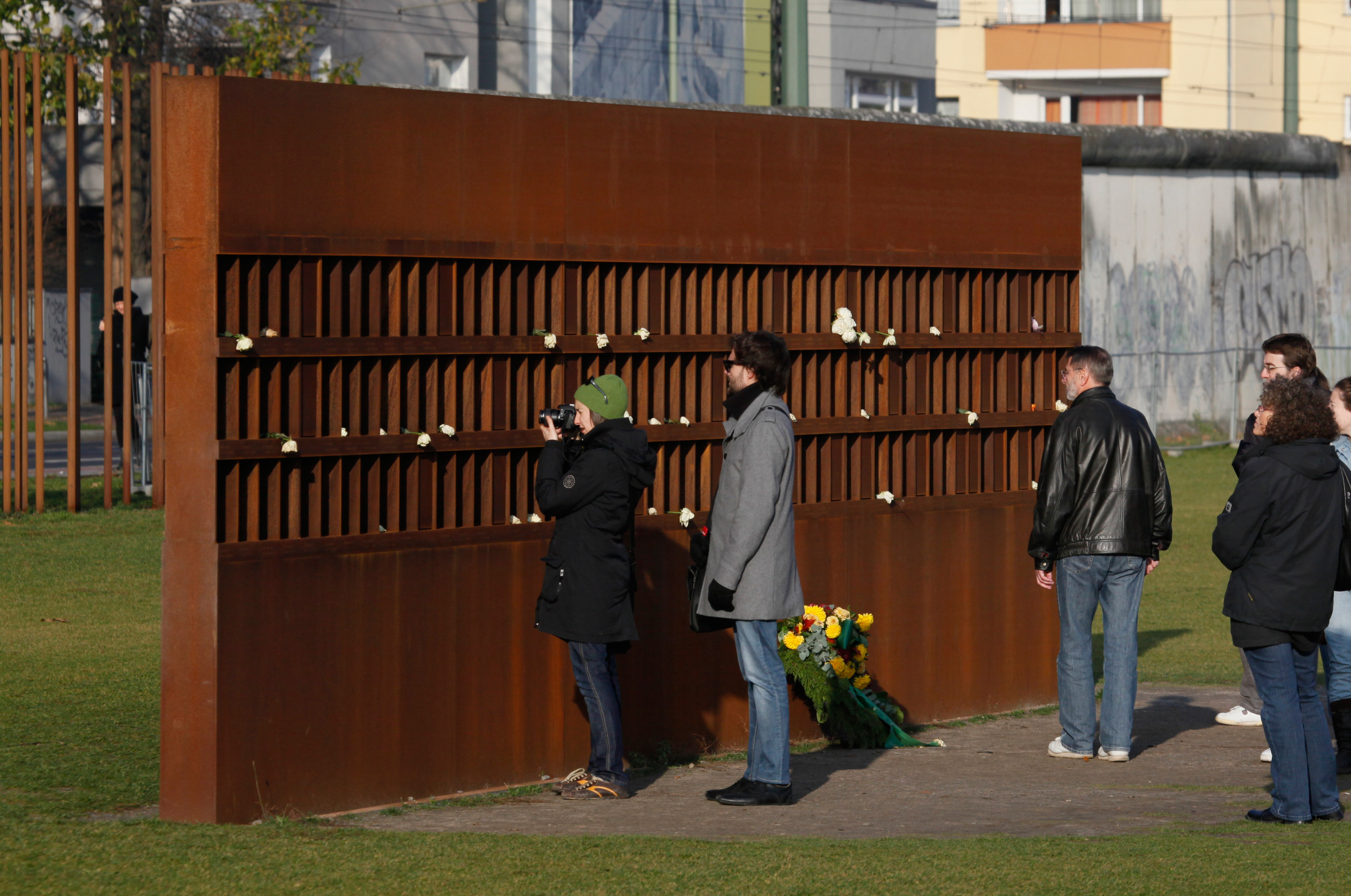
Window of remembrance – Copyright Berlin Wall Foundation, photo by J. Hohmuth.j